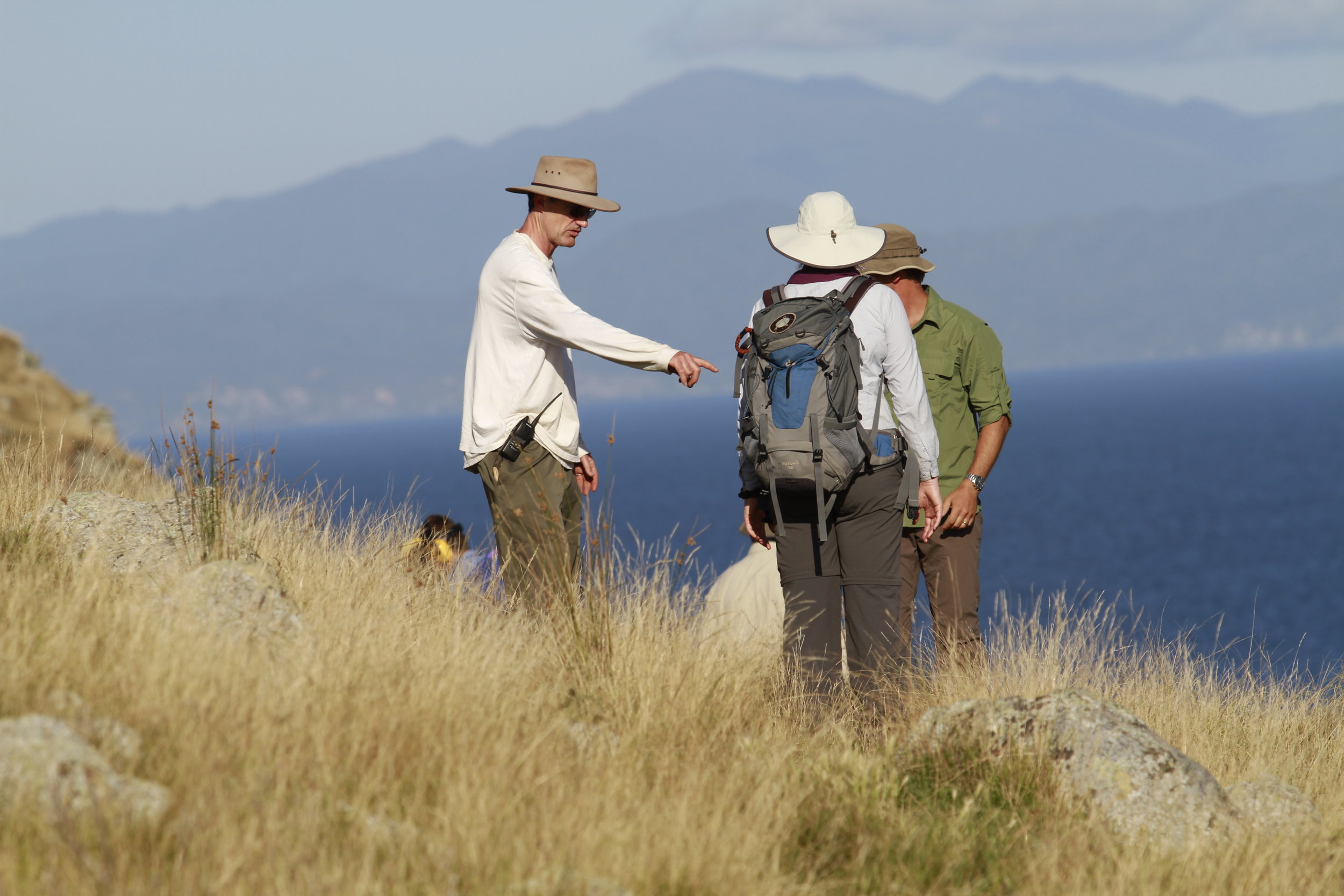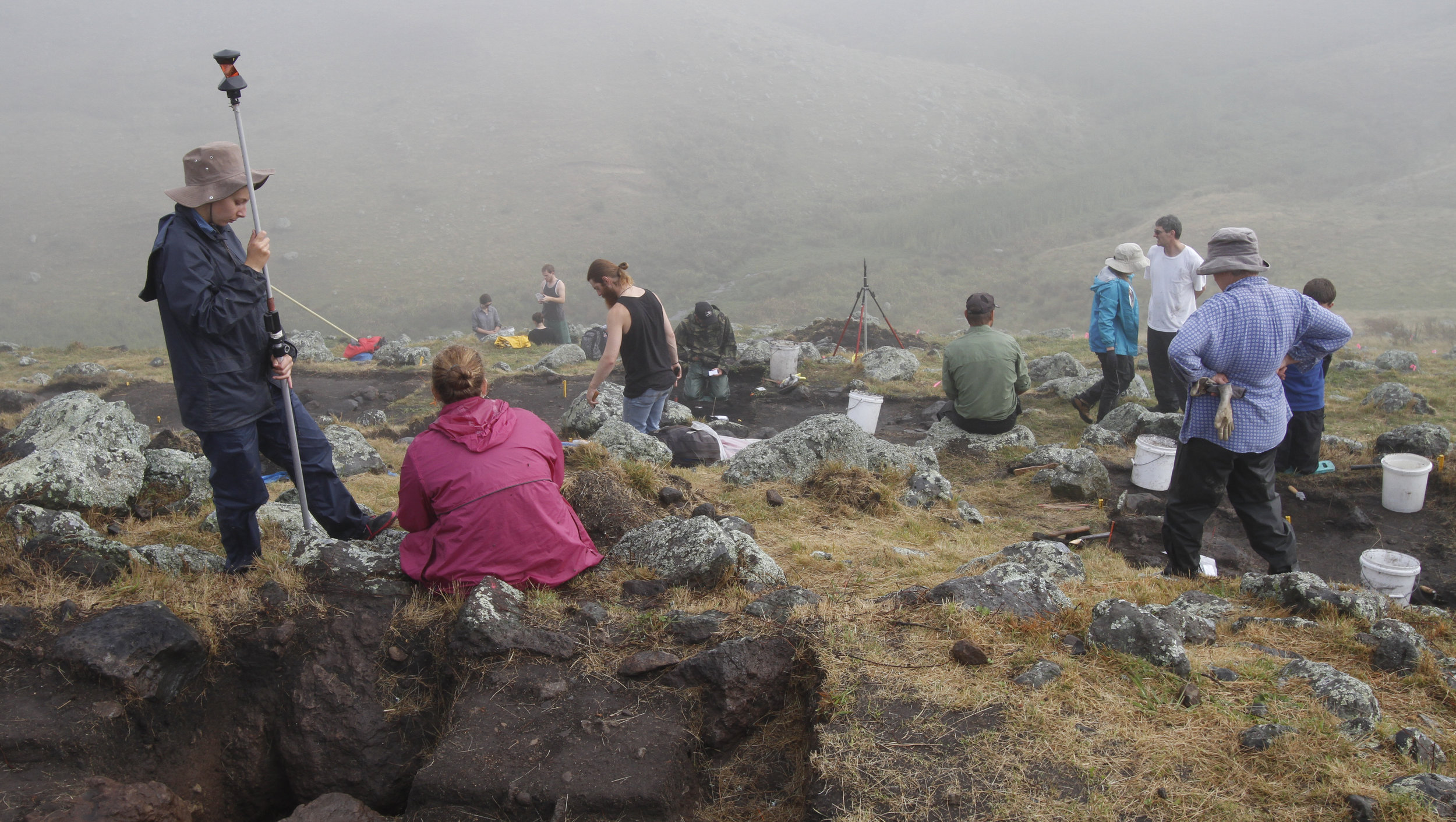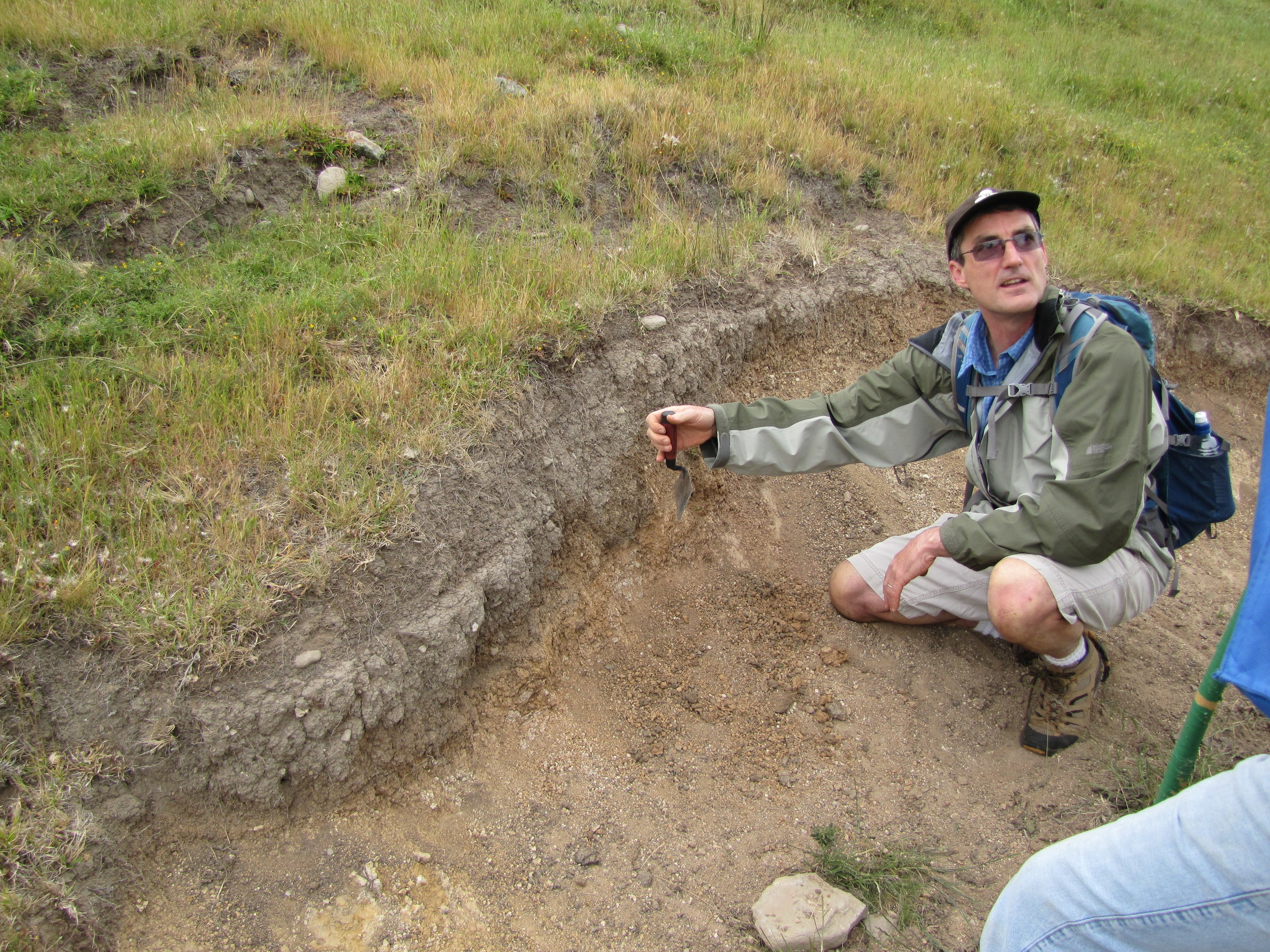Cultures continually change over time, and the Polynesian colonists who settled Aotearoa New Zealand began to create a new type of society over several centuries following their arrival. Relatively autonomous village-based groups transformed into larger territorial hapū lineages, which later formed even larger iwi associations.
Traditionally, information passed down through the generations by word of mouth has provided the best evidence of these complex, dynamic changes in social organisation. Professor Thegn Ladefoged's newly funded Marsden project will use archaeological evidence to examine how social networks beyond the village changed as Māori society developed.
We spoke with Thegn about his new project, entitled The making of Māori society: An archaeological analysis of social networks.
What drew you to your topic?
For many years I’ve been working with Chris Stevenson on Rapa Nui where we have used obsidian hydration dating of artefacts to evaluate whether or not “societal collapse” occurred prior to European contact. In New Zealand, obsidian hydration dating has been used less successfully, but with recent technological advances we now think it is possible to develop it into a reliable dating method. I first became interested in ancient social networks working with Mark McCoy on the development of territoriality in the Bay of Islands. We were sourcing obsidian artefacts with portable XRF to track levels of interaction between different social groups. Alex Jorgensen, a PhD student who I am co-supervising, is also using portable XRF and lithic analysis to understand mobility on Ahuahu (Great Mercury Island). About two years ago I became involved with Te Pūnaha Matatini, a government funded Centre of Research Excellence which is interested in complexity and big data. The Te Pūnaha Matatini project that I’m working on is investigating changes in Māori fishing, and at several larger Te Pūnaha Matatini workshops I met some interesting people, including Dion O’Neale. Dion is a mathematician in the Physics Department at the University of Auckland who specializes in network analysis. The Marsden project brings together all of these people to investigate changing levels of Māori interaction and the development of large geo-political social groups.
Why is it important to study this now?
Archaeologists have excavated large quantities of artefacts that are currently housed in museums and universities. These assemblages have often been analysed, but given recent technological advances the potential to learn more is great. In many cases we should focus on analysing or re-analysing previously excavated material as opposed to conducing new excavations, which by definition, is destructive.
What are you reading at the moment?
I’m reading Patrick Kirch’s memoir Unearthing the Polynesian Past. Pat is the leading archaeologist in the Pacific, and his memoir is a wonderful book full of amazing discoveries and amusing anecdotes of eccentric archaeologists.
Thegn is working on a number of other projects in New Zealand. In addition to his work with Te Pūnaha Matatini: The Centre for Complex Systems and Networks, he is also working on a project on Ahuahu/Great Mercury Island with Ngati Hei, Sir Michael Fay, Simon Holdaway, Rebecca Phillipps, Alex Jorgensen, and Louise Furey. This project investigates the history and land use of the island, with Thegn focusing on gardening activities on the island. Read more about Thegn's research and publications.





